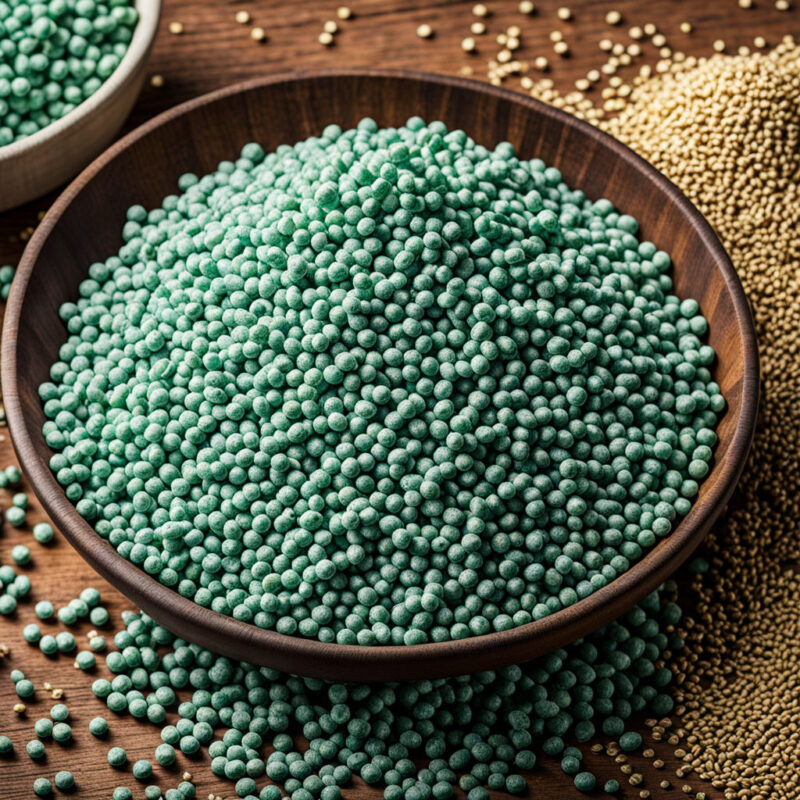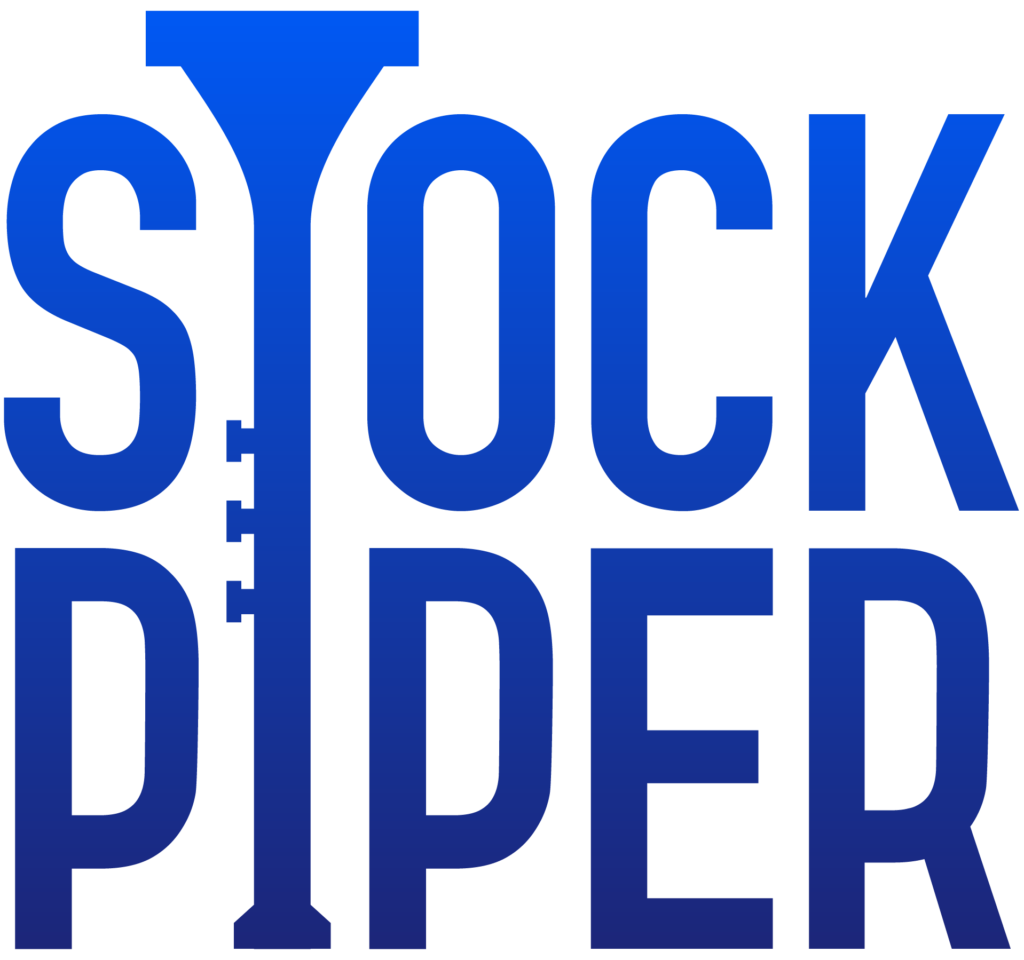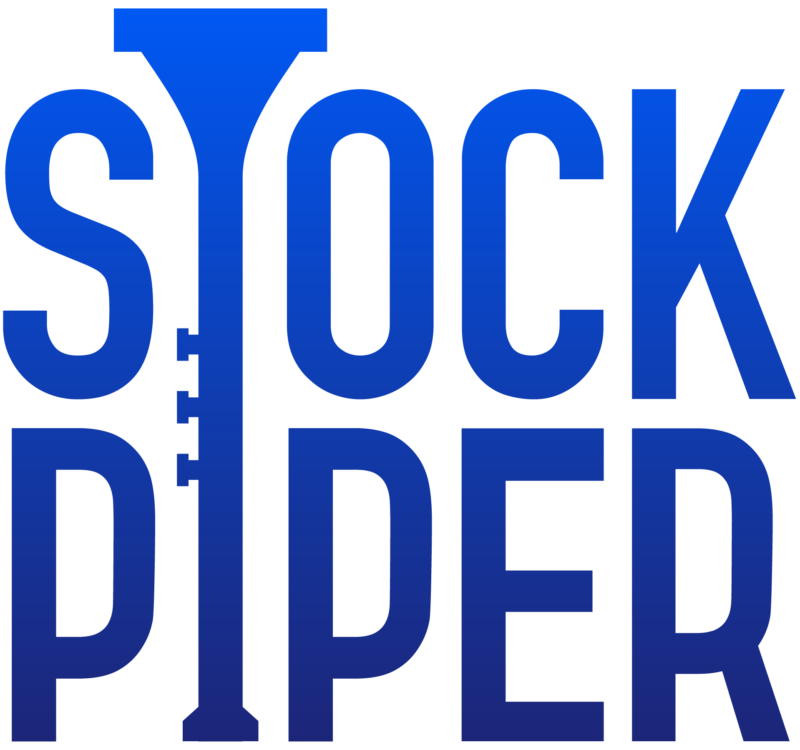CentaurusMetals (ASX: $CTM) reinforces ability to produce high-purity direct reduction pellet feed product
- Author: Stock Piper

CentaurusMetals (ASX: $CTM) reports positive metallurgical testwork results for Jambreiro Iron Ore Project
CentaurusMetals (ASX: $CTM) has reported positive metallurgical testwork results for its 100%-owned Jambreiro Iron Ore Project in south-east Brazil. The recent bench scale testwork program delivered an iron grade of 67.8% Fe, 1.08% Silica, and 0.64% Alumina, well within the 2% threshold required to achieve a Direct Reduction (DR) quality product. The Company is now assessing the impact of the changes to the proposed process flowsheet from a capital and operating cost perspective and engaging further with potential off-takers for a direct reduction pellet feed product from Jambreiro.
Executive Commentary on Metallurgical Testwork Results
The Company is pleased with the ongoing metallurgical testwork program, which continues to demonstrate the potential for Jambreiro to deliver a high-grade, low impurity DR quality pellet feed product with strong metal and mass recoveries. The project's physical properties make it perfectly suited to the production of a finer, high-grade product with low impurities, aligning with the steel industry's pursuit of decarbonization and demand for higher-grade, low-impurity products to lower their overall carbon footprint. The Company has observed a marked change in the way steel producers and iron ore majors are looking at the iron ore sector and low-emission iron products, with strong interest already being shown in the ability of the Jambreiro Project to produce a DR quality pellet feed product.
Summary of Metallurgical Testwork Results and Outlook
The recent positive metallurgical testwork results have reinforced CentaurusMetals' ability to produce a high-purity direct reduction pellet feed product from the Jambreiro Iron Ore Project. The Company is now assessing the impact of the changes to the proposed process flowsheet from a capital and operating cost perspective and engaging further with potential off-takers for a direct reduction pellet feed product from Jambreiro. The demand for direct reduction pellet feed is expected to increase over time as more steelmakers look to source iron ore that can deliver lower overall emissions to their business. The Company expects the production of a DRPF product to deliver strong economics at a time when the steel industry is demanding lower-emission iron products as feed for its steel-making activities. The new Preliminary License (LP) is expected in H2 2024, and the Installation License (LI) in H1 2025, with no issues expected in the new approvals process due to significant environmental improvements implemented in the project design.


